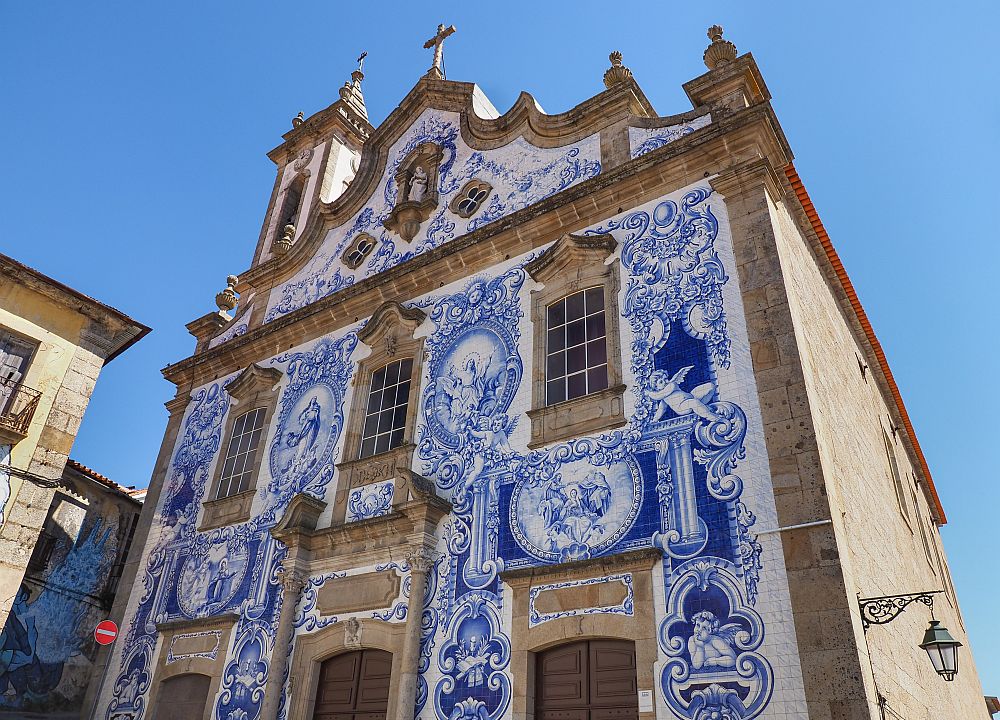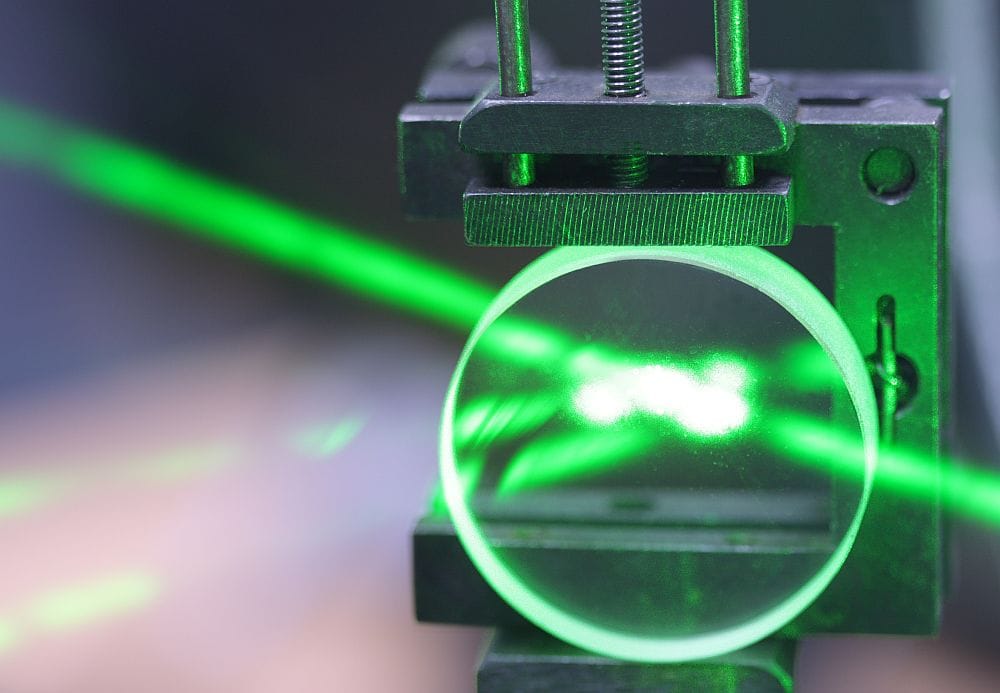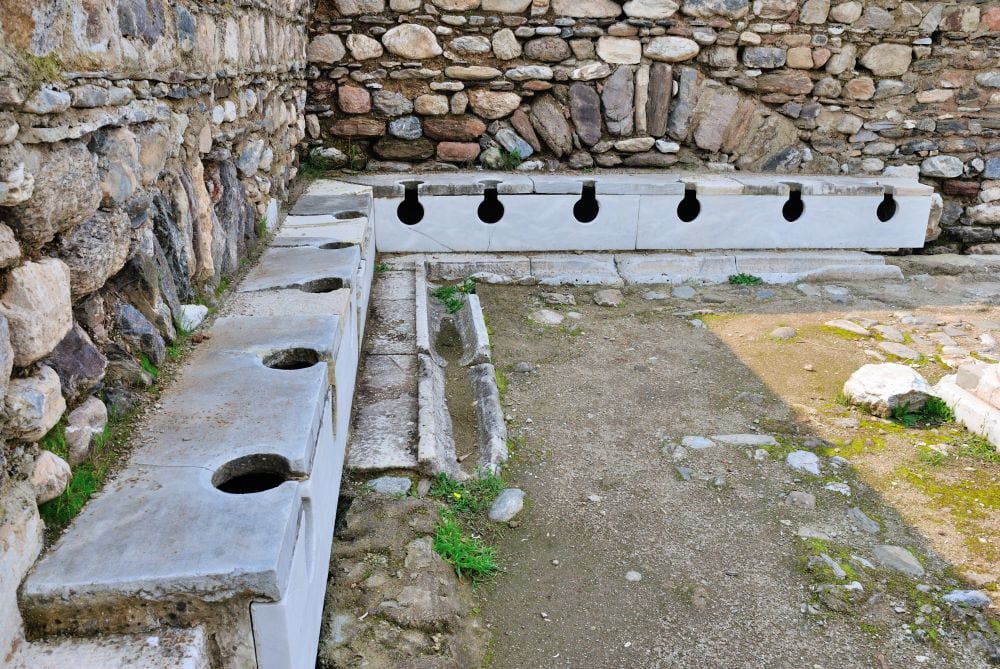
[Image above] Credit: Laura James, Pexels
Tis’ the season! With Thanksgiving in the United States now over, many families are decorating their homes for the December holidays. Live trees are being bought or artificial ones gotten out of basements or attics, along with ornaments, lights, and tinsel.
Glass ornaments are likely mixed in among those boxes of holiday decorations. I remember decorating our family tree with glass ornaments, and I still have some of those pieces to this day, along with other vintage and modern ones I have bought through the years.
Curious to learn more about these beautiful ornaments, I delved into the history of glass holiday decorations. What I discovered was a rich history going back several centuries, starting in the small town of Lauscha, Germany.
Lauscha: The German hub of glassblowing
Lauscha is a small town nestled in the Thuringian Forest of Germany. In the late 16th century, Lauscha became famous for glassblowing. The town was perfectly located for this industry due to the presence of a small river, an abundance of wood, and access to the necessary raw materials for glassmaking, including silica sand, soda ash, and limestone.
Christoph Müller and Hans Greiner established the first glassworks in Lauscha in 1597. About two and a half centuries later, in 1847, a descendant of Hans Greiner who had the same name (Hans Greiner) produced the first glass ornaments in the shape of fruits and nuts.
The story goes that Greiner could not afford to decorate his tree with nuts and fruit, the usual decorations at that time. So, he decided to make glass versions of the food items instead.
More history about the glass industry in Lauscha can be found here, here, and here.
Creating glass ornaments, then and now
The first glass ornaments were created by blowing glass into molds made of wood and later clay. Once the ornaments cooled, they were coated with a silver-colored material to give the globe a shiny appearance.
Originally, mercury or lead were commonly used as the coating. But due to the toxicity of these materials, the coating is now done using silver nitrate, ammonium nitrate, dextrose, and sodium hydroxide, says Eric Goldschmidt, properties of glass programs supervisor at Corning Museum of Glass, in a Lancaster Farming article.
The video below shows how ornaments are made today.

Credit: Discovery UK, YouTube
The spread of glass ornaments
By the 1870s, Lauscha had started exporting its unique glass ornaments to Britain. Demand in the country was triggered by the decoration of Queen Victoria’s Christmas tree with glass ornaments, which came from her husband, Prince Albert, who was originally from Germany. Other European countries soon started importing glass ornaments as well.
Glass ornaments became popular in the United States about a decade later, in the 1880s, when U.S. dime-store magnate F.W. Woolworth discovered Lauscha’s ornaments during a trip to Germany. The company was soon selling these imported ornaments to the tune of millions of dollars. Other countries like Japan also started producing glass ornaments in massive quantities.
World War II’s effect on the glass ornament industry
World War II, and consequently Corning Glass Works (now Corning Inc.), had a major impact on the glass ornament industry in the United States. The path to this impact started in the 1920s, when Max Eckardt immigrated from his home country of Germany to the U.S.
Eckardt had been in the ornament business with his brother back in Oberlind, Germany. But once he moved to the U.S., and the possibility of another world war became evident, Eckardt feared the U.S.’s supply of German glass ornaments would be compromised.
In 1937, Eckardt established Shiny Brite Company and asked Corning Glass Works for help making glass ornaments. He promised that Woolworth’s (mentioned above) would place a large order if Corning modified its glass ribbon machine to make ornaments instead of light bulbs.
A Corning light bulb factory in Wellsboro, Pennsylvania, was converted, which could produce about 300,000 ornaments a day. Woolworth ordered more than 235,000 ornaments and received the first batch two years later.
Until 1941, Shiny Bright made silvered ornaments with metal caps. But by early 1942, the war’s demand for metals and other materials eliminated silvering and forced the replacement of metal caps with cardboard ones. After WWII, the two features returned, with a new metal cap design called the crinkle cap.
Shiny Bright went out of business in the 1960s after Eckhart died in 1961 and plastic became more popular. However, designer Christopher Radko revived the Shiny Brite name in the late 1990s, and he began selling reproductions of the originals in 2001.
WWII also impacted the glass ornament industry in Germany. After the German Democratic Republic (East Germany) was formed, most of Lauscha’s glassworks became state-owned. After the reunification of Germany, the glassworks were reestablished as private companies. Today, there are roughly 20 small glassblowing firms still active, with some run by fifth- or sixth-generation families.
Glass ornaments today: Designs and shapes for all holidays
Today, most ornaments sold are plastic. But there are still many places where you can buy glass ornaments, including Balsam Hill, Old World Christmas, Etsy, and outdoor Christmas markets. Thrift stores and flea markets are other options for vintage ornaments.
Glass ornaments come in all designs and shapes to celebrate the various winter holidays. View these unique Hanukkah, Kwanzaa, and Christmas ornaments as examples.
No tree? No problem! The video below provides ideas for other ways to decorate with glass ornaments.
Happy holidays!

Credit: DiY BiGBooM, YouTube
Author
Laurel Sheppard
CTT Categories
- Art & Archaeology
- Education
- Glass


